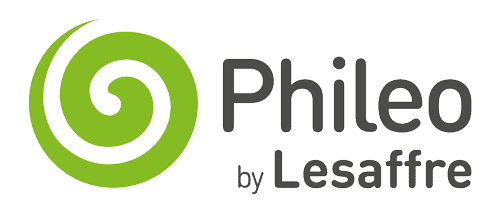
Actisaf boosts piglet performance
“We are really pleased to have found something (Actisaf) that has worked”About This Project
Jason’s attention to detail ensures that both units are run as efficiently as possible, but over the last 18 months, the 950 sow-site has been struggling to meet its usual targets. “We started getting problems with piglet scours, firstly at 0-3 days of age and then again at 12-14 days,” explained Jason. “We tried a few things to try and combat this, including different additives in the feed and also by ‘feeding back’ to the sows. This improved the problem for a while, but then mortality rates started to once again creep up. We normally work on about 10% piglet mortality, but at the start of the year it became more like averaging 15%, peaking at 17%.”
“We were keen to try a new approach and were advised to try Actisaf® in the sow diet, from gestation right through to lactation. The thinking is that the Actisaf® can help to bind and hold pathogens and stop them multiplying in the gut, and also strongly support the immunoglobin content of the colostrum to improve passive immune transfer to the piglets. As part of this process, we also started using a transition diet. Here we were aiming to lessen the impact of moving from the gestation ‘weetabix’ diet straight to the lactation ‘steak and chips’ feed, by introducing a ‘broccoli and potato’ diet in between. The gestation and lactation diets included Actisaf® at 1kg/metric ton of complete feed, with the transition diet inclusion rate standing at 10kg/metric ton of complete feed. We also reviewed our internal biosecurity protocols and started vaccinating for rotavirus too.”
After six months of trialing this new approach, Jason’s mortality rate is now back down to the expected level of 10%. “We are really pleased to have found something that has worked” says Jason. “We are continuing to use Actisaf® in the diets, now at 0.5kg/T in gestation and 5kg/T in transition diet and 0.5kg/T in lactation. Another bonus is that drug use has also been reduced. Management in the farrowing house is easier now too – we can now start cross-farrowing again to save weaker piglets, whereas before we were worried about spreading disease. Most importantly I can now revert my attention from the farrowing house back to the wider picture, in order to move the farm on again in terms of efficiency and subsequent sustainability.”






